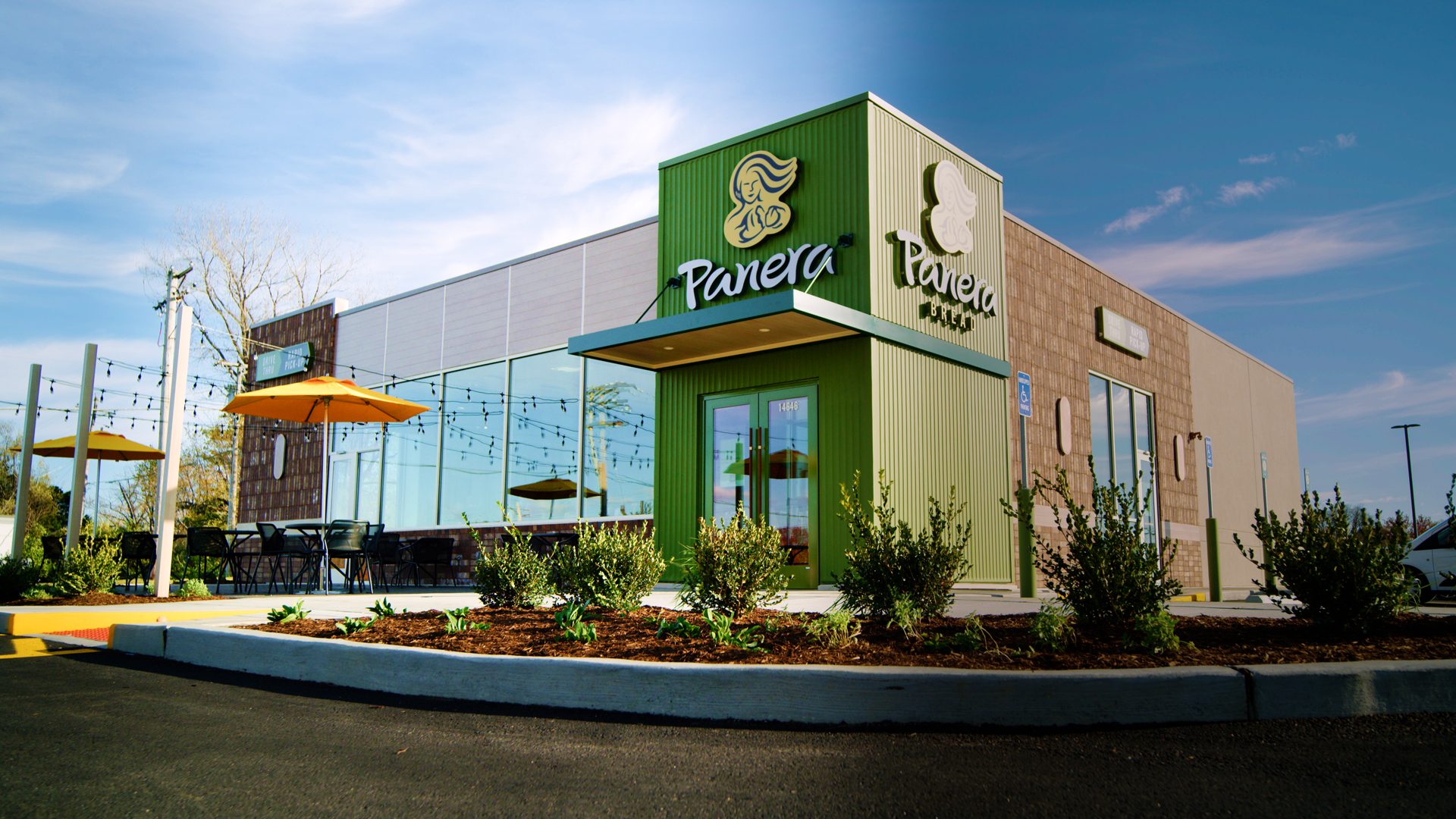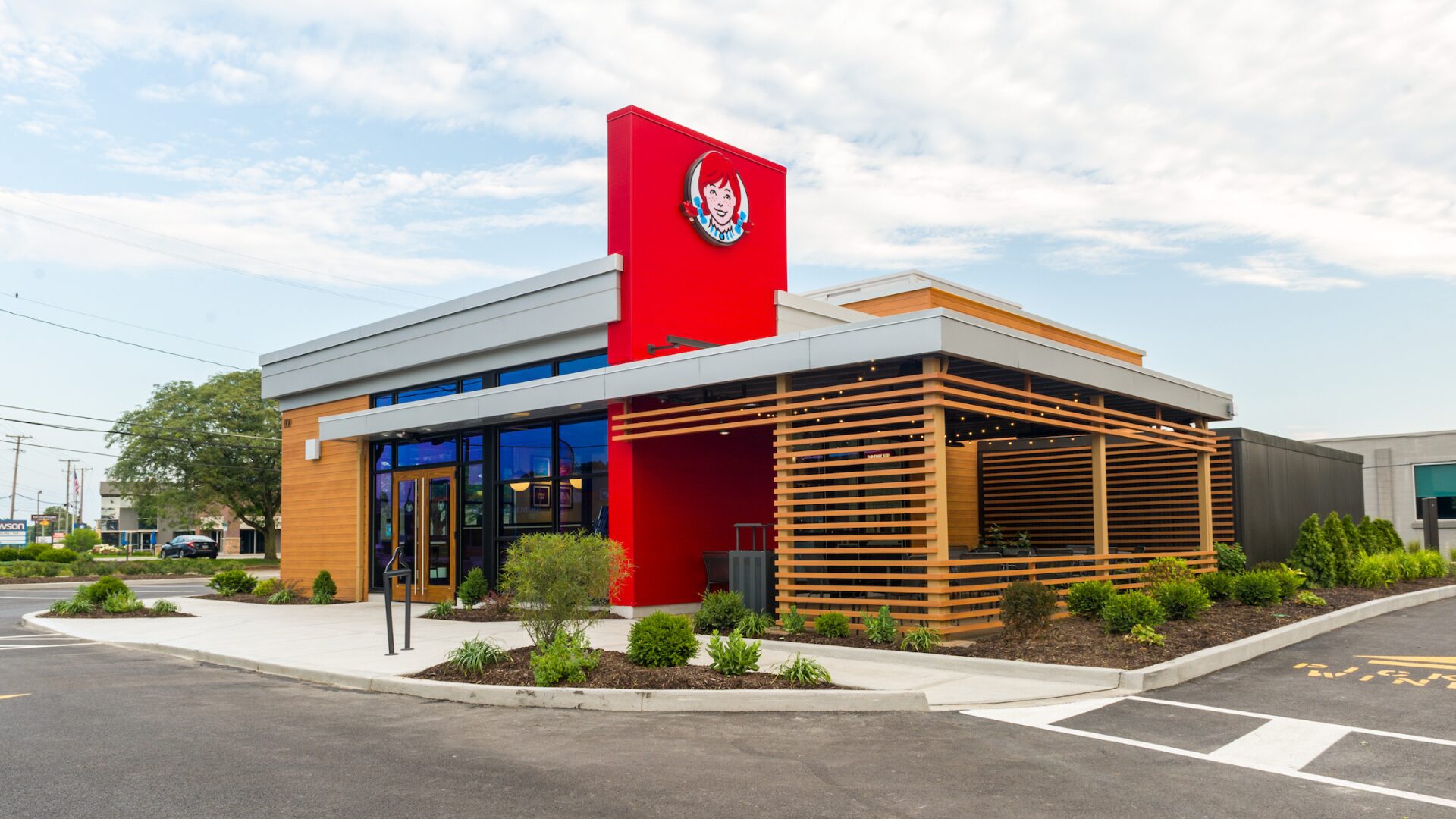Sweetgreen has been a public company for less than four years. It’s been a massive disappointment twice.
When sweetgreen held its initial public offering in late 2021, investors piled in: the stock jumped 76% on its first day, trading at one point above $50. In less than eighteen months, the stock was at $6. Starting in late 2023 the stock quadrupled in about a year, nearing $50 again. After last week’s second quarter earnings report – which included a 23% wipeout, the stock’s largest single-day decline in history – shares are back in the single digits.
The reaction from the market is not surprising given the company’s results. In Q2, the purveyor of salads and bowls saw same-restaurant sales (often referred to as ‘comps’) decline a stunning 7.6% year-over-year. Traffic fell 10%. In February, for the full year the company expected comps to grow 1 to 3 percent; guidance is now for a decline of 4 to 6 percent.
The key question facing the company and investors is why recent results have been so poor. There are three potential explanations, each of which is probably contributing to recent performance to at least some degree.
Sweetgreen’s Growing Pains
The first factor is that both the company and the market simply overestimated the attractiveness of the business model here. The demand for salads that now cost about $16 simply isn’t high enough for sweetgreen to successfully expand beyond a smaller niche mostly in urban centers. In this telling, investors in both late 2021 and last year were pricing in growth that simply isn’t going to materialize.
The second is that 2025 performance is mostly affected by outside, and hopefully transitory, factors. In this telling, inflation and consumer sentiment are weighing on demand. Relative weakness in white-collar hiring, as well as the persistence of remote work, are hitting traffic in the urban markets which remain at sweetgreen’s core.
And then there’s the third, key issue that salad chain is coming to grips with:
Simply put, sweetgreen isn’t delivering on what its core customer actually wants.
The interpretation from management is that the second and third reasons are the primary drivers. Management talked up stretched consumers, and on that front it’s not alone. Fast casual had a brutal quarter across the board, with Chipotle, Shake Shack, and Cava all posting disappointing numbers and each seeing their stock decline at least 13% the day after earnings.
But the message from sweetgreen is that execution is the biggest problem. On the post-earnings call, co-founder and CEO Jonathan Neman estimated that only about one-third of locations are “consistently operating at or above standard”. The company certainly is acting as if that’s the case. It added a chief operating officer in May, and a new chief commercial officer and head of marketing both arrive next month.
In this strategy and in Neman’s telling, the underlying cause is largely fixable problems. The launch of ‘Ripple Fries’ in March drew some buzz and demand – but added too much complexity to kitchens, leading to their discontinuation this month. Other menu refreshments and limited-time offers haven’t quite hit, but more work in the corporate kitchen can drive better offerings there. Added portions for chicken and tofu will hit profit margins, but should also improve the price-value perception of the company’s products.
Marketing was not on point in that quarter; that can be improved. Efforts around staffing are showing some success, per management, and better allocation of labor will both improve throughput and employee satisfaction and retention.
Long-Term Promise Hinges on Short-Term Fixes
It’s not great, certainly, that 18 years after its founding sweetgreen is struggling on so many fronts – but those struggles, somewhat counterintuitively, offer reason for hope. If the core problem here is execution (along with a difficult external environment), then the long-term story remains intact.
Sweetgreen still has a path to over 1,000 stores (up from a current 260) on the back of a model providing fresher, healthier food. It still is on track for industry-leading margins as it rolls out the automated Infinite Kitchen, being installed in about half of 40 newbuilds this year. It still can be one of the bigger players in U.S. fast casual for years to come.
But the sweetgreen stock price shows that the market right now does not believe that story. Investors know the economic environment is difficult; they are aware that sweetgreen could execute better. The reason they are valuing the business at barely $1 billion – one-seventh of Cava’s valuation, below Cracker Barrel, and barely above breakfast play First Watch – is that they don’t think those temporary problems are why sweetgreen sales have stalled out.
Rather, the valuation here suggests that the business model simply isn’t good enough to expand as far as management believes or to drive the traffic and profits the market once modeled.
In the market’s view, economic pressure and operating missteps aren’t explaining short-term weakness in restaurant-level performance. Rather, they’re showing that the long-term outlook isn’t nearly as rosy as once believed.
Vince Martin is an analyst and author whose work has appeared on multiple financial industry websites for more than a decade; he’s currently the lead writer for Wall Street & Main. He has no positions in any companies mentioned.
The Food Institute Podcast
How will the One Big Beautiful Bill Act (OBBBA) impact your food business? Unraveling the implications of new legislation is never easy, but Patrick O’Reilly and Jeff Pera of CBIZ explain how provisions of the bill related to no tax on tips, depreciation and expensing of capital purchases, and research and development will impact the industry.












